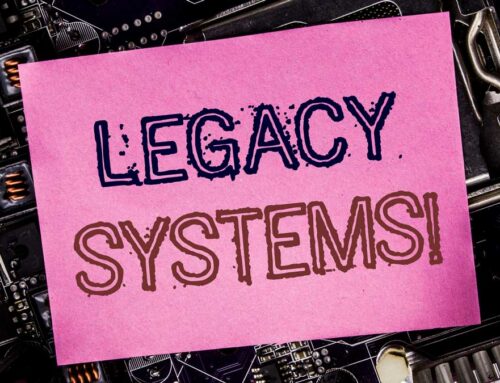
The issue of shiny object syndrome sparked many companies to begin using the agile-scrum approach for software development, but it also created a broader awareness of the need to prioritize. By breaking projects into smaller pieces and creating clear priorities for those smaller pieces, it’s easier to set expectations for what can be accomplished in a given period of time.
This approach in my work life carries over to my home life. I frequently tell my kids to finish what they start. I also tell them they shouldn’t start a project unless they believe they can finish it. Those projects might be a grand idea for a Lego build, or any other project they dream up, as their brains are always dreaming up great ideas.
For my kids, there are two things that typically interfere with completing such projects: they get frustrated and decide the project is too hard or they simply get distracted by something else. The same is true in the business world. It’s human nature, and it starts at a young age.
I’ve seen businesses start way too many software application endeavors and then assign one or two developers to each endeavor. Then the projects just go on and on. The organization claims the projects are a top priority, but they never get completed, which frustrates the developers and the company’s leaders.
Whether it’s a business or your child’s Lego project, our human nature is to start too many things and not finish them. Then we end up extremely busy, but highly unproductive because we can’t figure out how to prioritize the work flow. To counteract that, the people involved need the ability to determine the flow of production.
At LSG Solutions, we’ve fully embraced both the agile-scrum approach for software development and the importance of finishing what we start. And we’ve found a great tool to manage it, which we’ll tell you about in our next post.
No tags for this post.





Leave A Comment